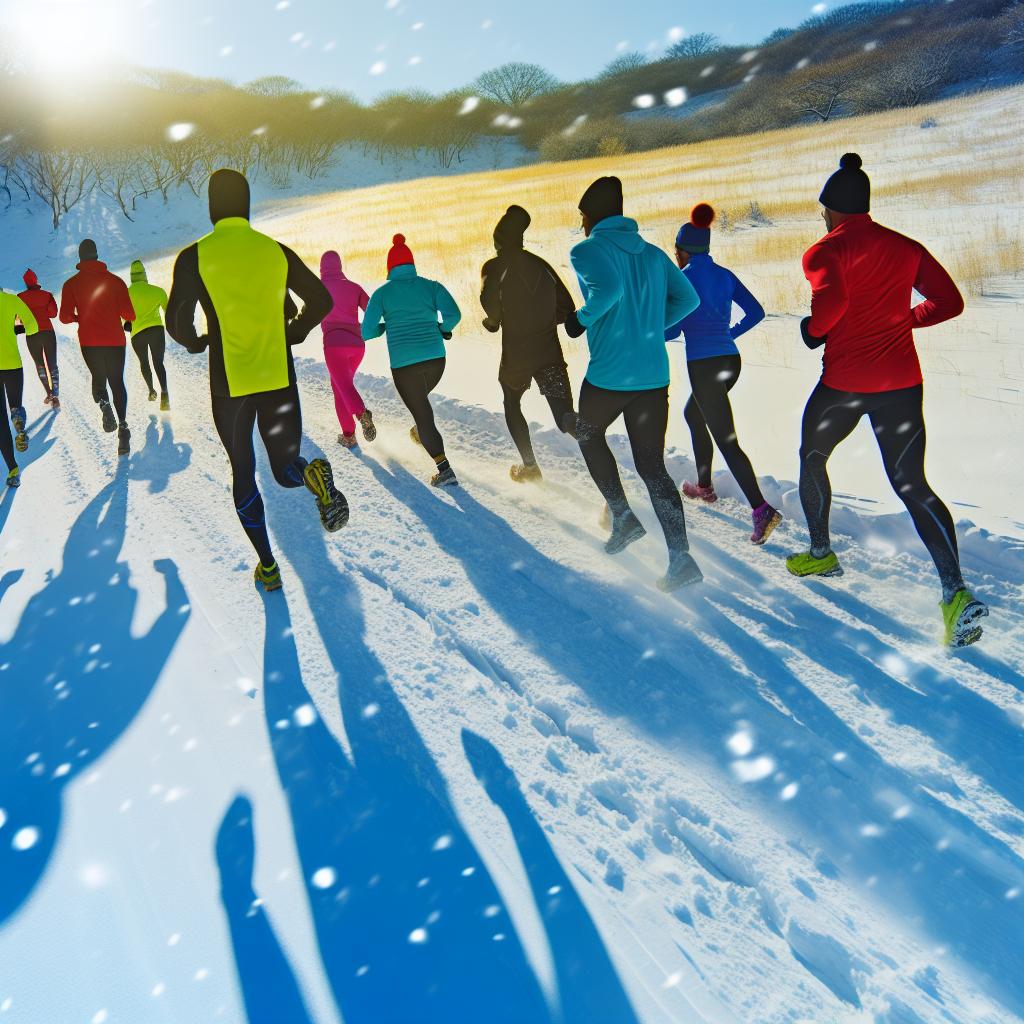Avalanche Safety in Backcountry Skiing
Backcountry skiing offers a unique opportunity to experience untouched snow and stunning landscapes. However, with this thrill comes the significant risk of avalanches. It is essential to understand and practice avalanche safety to ensure that your skiing adventure is both exhilarating and safe.
Understanding Avalanche Risks
Avalanches occur when a layer of snow becomes unstable and slides down the mountain. These can be triggered naturally, by weather conditions, or by human activity. Recognizing the signs of potential avalanche conditions is crucial. Factors such as recent snowfalls, wind patterns, and temperature fluctuations can contribute to avalanche hazards.
Avalanche conditions depend on a complex interplay of environmental factors. Recent snowfalls can add an unstable layer of snow atop a potentially weak foundation, creating dangerous conditions. Wind patterns may result in uneven snow distribution, leading to wind slabs, which are precarious layers of snow that can easily break loose. Additionally, temperature fluctuations can alter the stability of these layers. Rapid warming may increase avalanche risk by causing the snowpack to lose cohesion, while sudden cooling can make the upper layers rigid and more prone to shear forces.
Essential Safety Tools
When venturing into the backcountry, carrying essential safety tools is non-negotiable. At the very least, skiers should be equipped with a beacon, shovel, and probe. These tools are critical for locating and rescuing someone buried in an avalanche. Modern technology has made these tools highly reliable, enabling quicker and more efficient rescue operations.
Beacon
A beacon is a transceiver that emits a signal to help rescuers locate buried individuals. It is vital to ensure that your beacon is functioning correctly and all members in your group are familiar with its operation. Each beacon has a send and search mode, and knowing how to switch between these modes swiftly can be crucial in an emergency scenario. Regular practice with your beacon is advised so that muscle memory can guide you efficiently during emergencies.
Probe
The probe is a collapsible pole used to pinpoint the exact location of a buried skier once the beacon has guided you to the area. Proper training in the use of a probe can significantly cut down recovery time. The efficient use of a probe involves systematic probing techniques and depth estimation, which can only be mastered through regular practice and drills.
Shovel
A reliable and durable shovel is necessary to dig out individuals buried under snow. In an avalanche situation, time is of the essence, and an effective shovel can substantially improve the chances of a successful rescue. The shovel design should lend itself to rapid and forceful digging, equipped with a telescoping handle for leverage and a robust blade that can efficiently move snow.
Training and Preparedness
Taking an avalanche safety course is advisable for anyone interested in backcountry skiing. These courses teach the fundamentals of snowpack assessment and rescue techniques. Moreover, they often include practical field exercises, providing hands-on experience that could be life-saving. Such training helps skiers to read terrain features and understand threat signs effectively.
Continuous Assessment
Even with proper training and equipment, constant assessment of weather and snow conditions is essential. No area is entirely risk-free, so using available forecasts and advisories from reputable sources is advisable. Checking resources like the American Avalanche Association for recent warnings and snowpack information can help in making informed decisions. Furthermore, understanding local topography and climate nuances can aid in better decision-making.
The Role of Group Dynamics
The dynamics within a skiing group can greatly influence safety. Ensuring that all group members are on the same page regarding risk assessment and decision-making is vital. Regular communication, checking in with each other, and making conservative choices can significantly enhance safety.
Group Communication
Clear communication among group members can prevent potential accidents. Before embarking on a backcountry trip, discuss the plan and ensure everyone knows their role in case of an emergency. Designate a trip leader or guide to facilitate discussions and decision-making in challenging situations.
Backcountry skiing, while thrilling, demands a high level of awareness and preparation. Practicing avalanche safety by understanding the environment, carrying the right equipment, obtaining proper training, and maintaining effective group communication is essential. Furthermore, respecting nature and acknowledging the inherent risks involved can guide decision-making and keep adventure-seekers safe.
In conclusion, while backcountry skiing is a rewarding activity, it is not without its risks. Practicing avalanche safety by understanding the environment, carrying the right equipment, obtaining proper training, and maintaining effective group communication is essential. These measures can help to mitigate risks and allow for a safer skiing experience, ensuring that the beauty of the backcountry can be enjoyed responsibly.
Backcountry skiing offers adrenaline, unmatched beauty, and an exceptional sense of adventure. However, the potential danger of avalanches should never be underestimated. Prioritizing safety by learning avalanche science, investing in proper gear, undergoing rigorous training, and practicing vigilant environmental assessment are crucial steps toward responsible skiing. Experience, expertise, and prudent judgment work hand in hand to allow one to explore these pristine terrains safely. Ultimately, the principles of avalanche safety outline an approach that combines respect for the natural world with an awareness of one’s skill and limitations, ensuring every trip can remain a cherished memory rather than a tragic tale.



